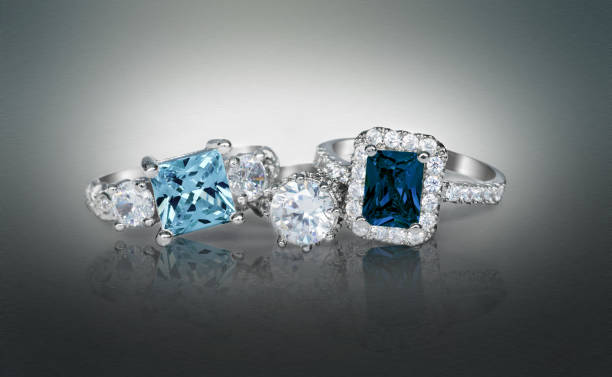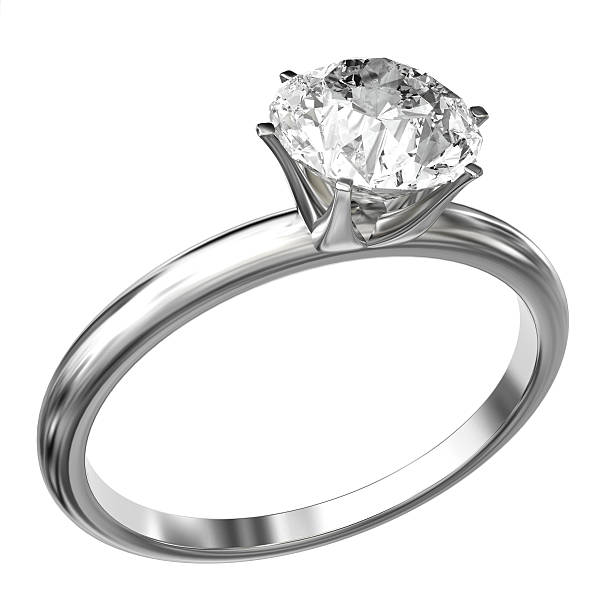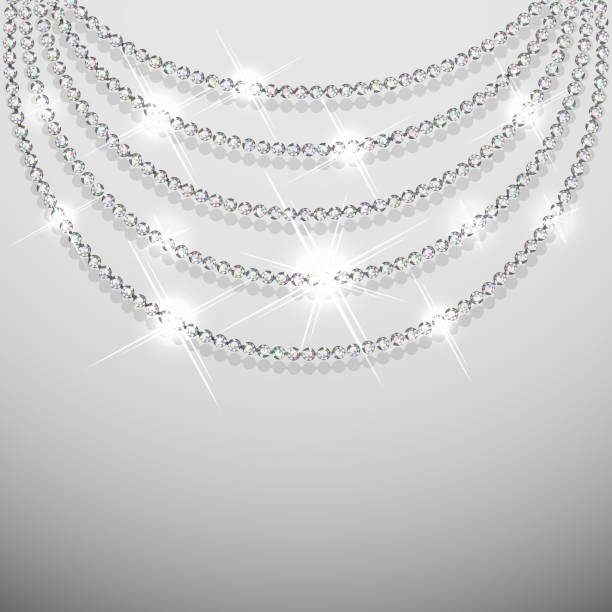What is LAB Wedding
These wedding bands can be customized for any size finger using only premium-quality E-F colour/VS transparency diamonds. LAB Wedding’s initial release includes rings with lab-grown round, oval, radiant and emerald-shaped diamonds in platinum, white and yellow gold.
This collection offers a wide range of bands, from 7-stone rings weighing 2.2 carats to eternity bands weighing 9 carats. The smallest lab-grown diamonds that we can produce are.30ct. This is due to technological limitations. However, we have created large wedding bands for under $10,000, thanks to technological advancements.
LAB Wedding offers 7-stone bands, in addition to the traditional 5-stone bands, and new and innovative settings like East-West bands or ‘Trellis’ settings. Below are some highlights.
Radiant Bands
This beautiful eternity band comprises perfectly matched radiant-cut lab diamonds, each weighing around.30 carats. It has a low-profile pave wedding band design. This radiant cut eternity band is a beauty with its unique side profile.
This ring is the largest radiant wedding band in our collection. It consists of 17 individuals.50-carat lab-created diamonds, set into a delicate shared wire basket eternity band design.
Emerald Bands
We see more east-west bands, a trend we have noticed. You can achieve more coverage with fewer stones if your stones are placed sideways, as opposed to the traditional north-south orientation. This emerald-cut emerald wedding band is no exception. Seven emerald-cut lab-grown diamonds are weighing.30 ct each is placed horizontally in a unique, U-Shape-shaped wedding band design. This special eternity band, a personal favourite, is a stunning sight from all angles. It features emerald-cut lab-grown diamonds weighing.30ct each and is set in a ‘Trellis style eternity band setting. This ring features 18 individuals and 50-carat lab-created diamonds intertwined to create a unique profile. It is set in a shared prong wire basket design.
Oval Bands
Oval wedding bands have been the most in-demand shape for the past two years. We’re making them more affordable to all. Each oval lab-grown diamond weighs approximately.60 carats and is set in a 5-stone U-shape ring design. This style of wedding band showcases these stunning diamonds from all angles. Each lab-grown oval diamond weighs. Thirty carats and is set in a close-knit shared prong eternity ring. This design enhances the oval diamond’s shape. Each oval diamond is lab-created and weighs.40ct. They are set in individual four-prong wire baskets that give the wedding band an airy, open feel. This ring is a personal favourite and a great value for the price.
Round Bands
Lab-grown round brilliant-cut diamonds of. Sixty carats are set in a five-stone ring with a shared prong wire basket. This classic halfway band is modernized with lab-grown diamonds. It’s also less expensive than its natural counterpart. Lab-grown, brilliant-cut diamonds are set in a basket with a shared prong wire. The stones in this wedding band weigh approximately.50 ct each. Our LAB Wedding Collection currently only has one pear-shaped wedding ring, but it’s well worth the wait! This ring is another favourite. It features lab-grown, horizontally-set pear-shaped diamonds that weigh.40 carats and are three-quarters of the way around.








